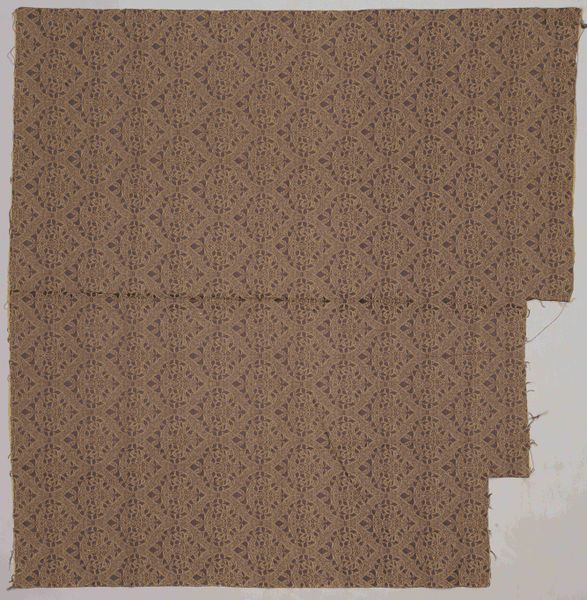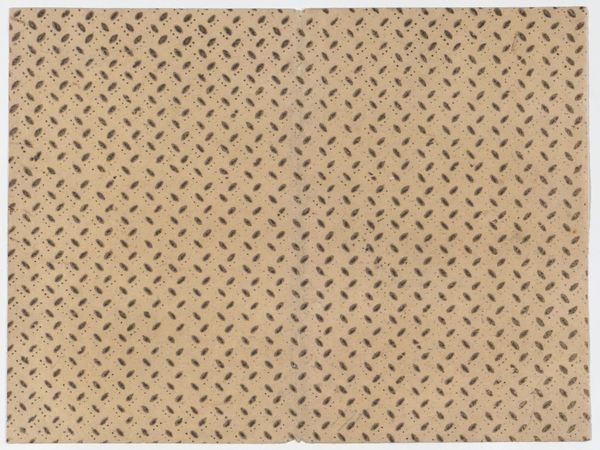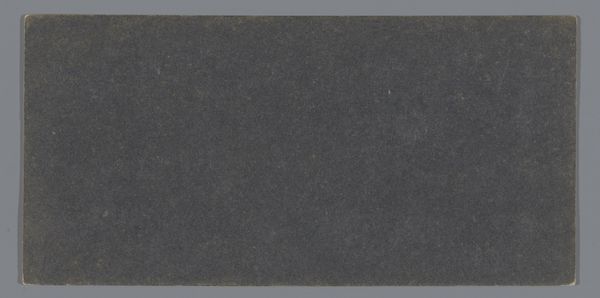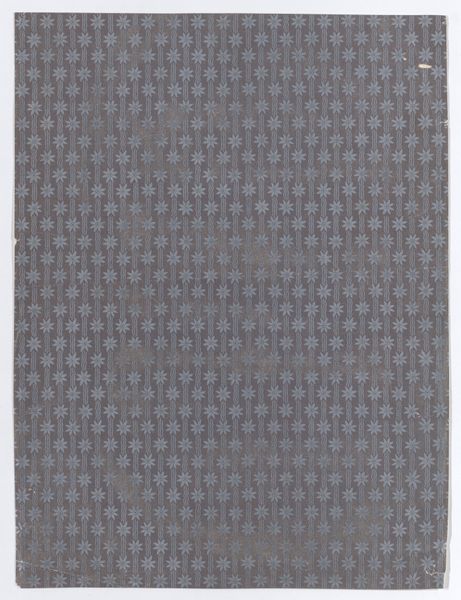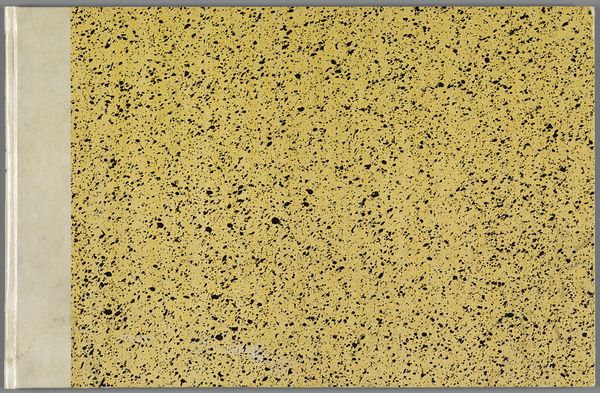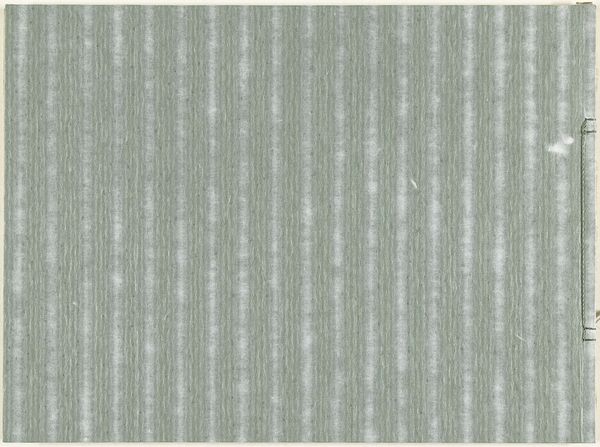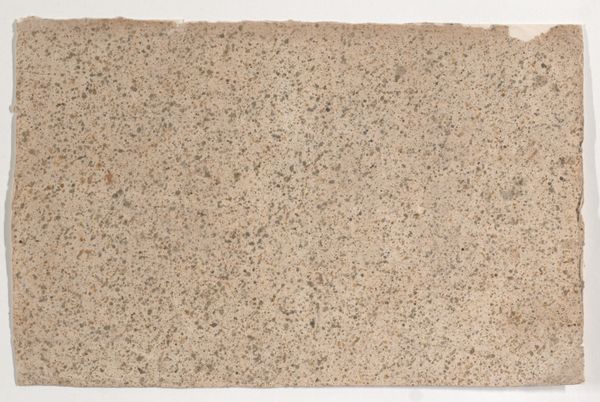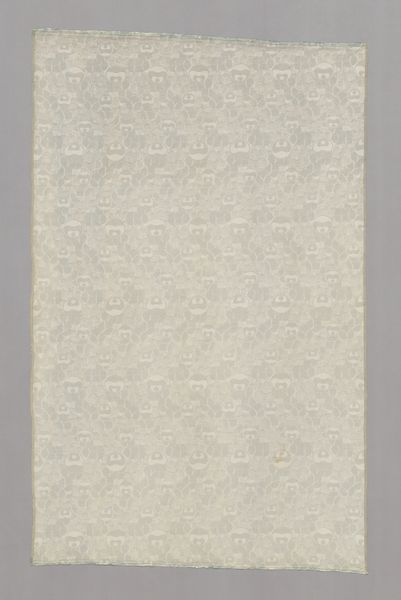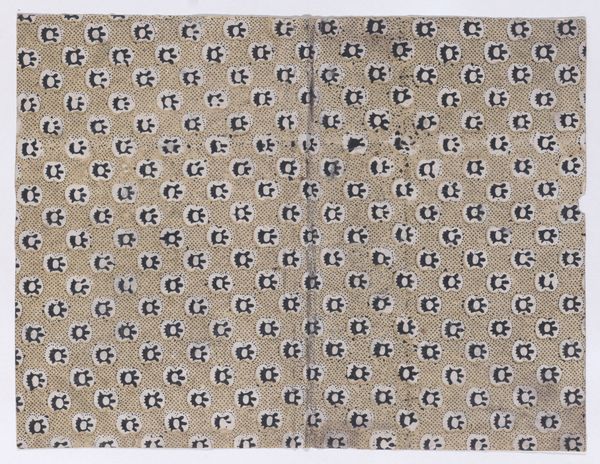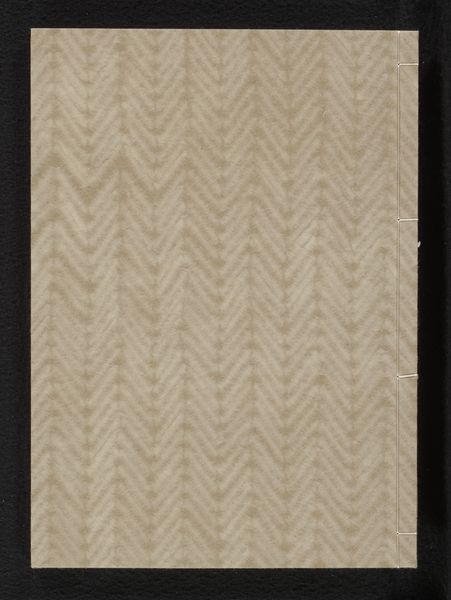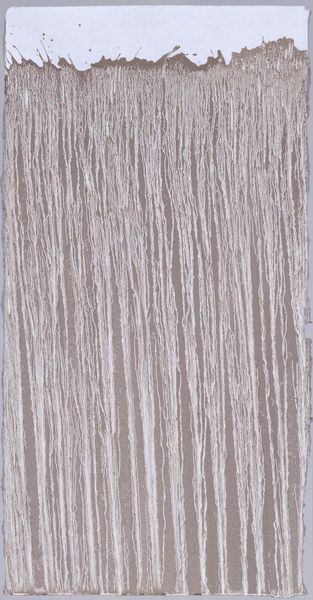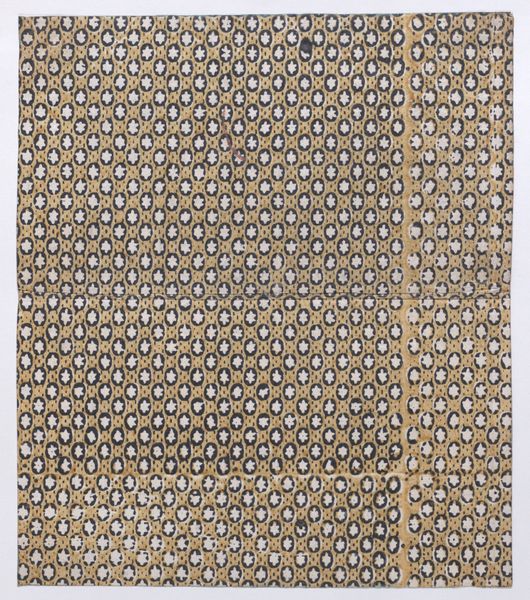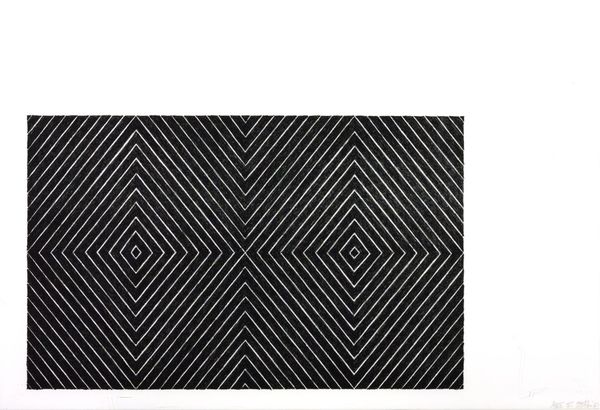
Domestic Architecture: Being a Second Series of Designs for Cottages, Lodges, Villas and Other Residences, in the Grecian, Italian, and Old English Styles of Architecture 1834
0:00
0:00
drawing, print, architecture
#
drawing
# print
#
book
#
geometric
#
romanticism
#
architecture
Dimensions: 13 × 9 15/16 × 11/16 in. (33 × 25.2 × 1.8 cm)
Copyright: Public Domain
Editor: This is "Domestic Architecture," a book of designs by Francis Goodwin from 1834, showcasing various architectural styles. It almost feels like looking at blueprints, but more ornate, almost romantic. What can you tell us about its significance in architectural history? Curator: What’s fascinating about a collection like this is how it reflects social aspirations. Early 19th-century Britain experienced a boom in suburban development fueled by the industrial revolution. Publications like Goodwin's directly addressed this growing market, promising designs that weren't just functional but aspirational. How do you think this collection participated in the social construction of "home" for the emerging middle class? Editor: It seems like it offered a range of styles – Grecian, Italian, Old English – allowing buyers to choose an identity to project through their home's architecture. So it’s less about functionality and more about making a statement. Curator: Exactly! It presented architecture as a cultural signifier, intertwining aesthetics with social mobility. These weren't just homes; they were symbols of status and taste carefully curated to be published in his catalogue. The visual language employed becomes a crucial aspect in understanding the projection of an elevated lifestyle, a silent promise of upward mobility if one invests in the architectural designs. What effect do you imagine the romanticized portrayal of architectural projects may have created during the pre-construction phase, on a customer reading Goodwin’s catalogue? Editor: So the book almost acts as a form of advertisement, creating desires around lifestyle and social standing as much as for shelter itself? Curator: Precisely! Editor: This gives a totally different context for understanding architecture books as historical documents. Curator: Indeed.
Comments
No comments
Be the first to comment and join the conversation on the ultimate creative platform.

